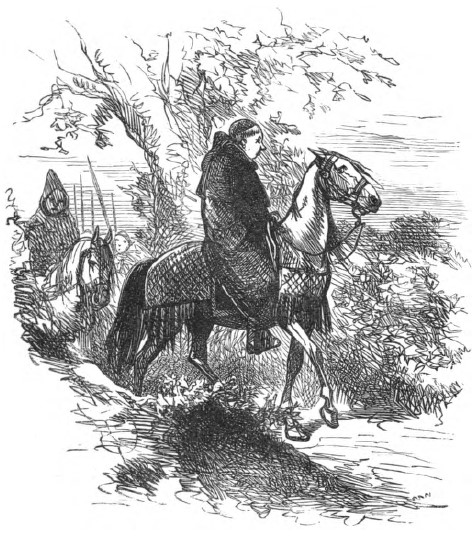These days, we know reading and writing go together like peas and carrots, but that was not always the case. In fact, some years ago, both reading and writing were taught independent of each other because the thought was that one learns to “read” before they learn to “write.” However, we now know that both reading and writing work together, and not in tandem, which encourages a more graceful and gradual learning of concepts that are typically difficult for humans to overcome (these are threshhold concepts and we can get into them at a later date).
What we know
“Basically put: reading affects writing and writing affects reading,” k12reader.com states. “…reading instruction is most effective when intertwined with writing instruction and vice versa.” The article goes on to say that when young people read a lot, their writing becomes more refined and their skills in both departments increase. “Reading a variety of genres helps children learn text structures and language that they can then transfer to their own writing.” Conversely, writing in an unfamiliar genre can give kids and adults the skills they need to tackle those genres visually and intellectually.
As James Patrick writes in “The Reciprocal Relationship of Reading and Writing”: “The reciprocal perspective maintains that learning to read and learning to write are processes that complement one another … This path to literacy instruction requires a fluid school schedule instead of one that separates reading and online writing courses into different blocks in the school day.” So, we can’t separate the two ideas from one another, as they both positively effect each other, and teaching the ideas needs to be done in a seamless way to allow an easy approach to both subjects, as the adverse may be to suggest that humans learn these processes in a “linear” fashion–and that may be false.
Why is this important?
Reading is hard. Even as someone who enjoys reading, I have to find time for it and I have to be patient. For people who don’t like reading, that’s exponentially more difficult. The same thing goes for writing. I love writing, but that doesn’t mean anything necessarily, because I similarly have to find the time to write and I have to be patient, which is completely daunting to someone who struggles with writing. As Patrick states: “In sum, helping children learn to read and write goes hand in hand. Hence, it is valuable to treat reading and writing as complementary, rather than separate skills. Early literacy instructors see great gains when employing reciprocal instruction.” If we want to be better writers, we have to be better readers, and if we want to be better readers, we have to be better writers.
Works Cited
K12reader.com







